How Did They Get the Image of Black Hole
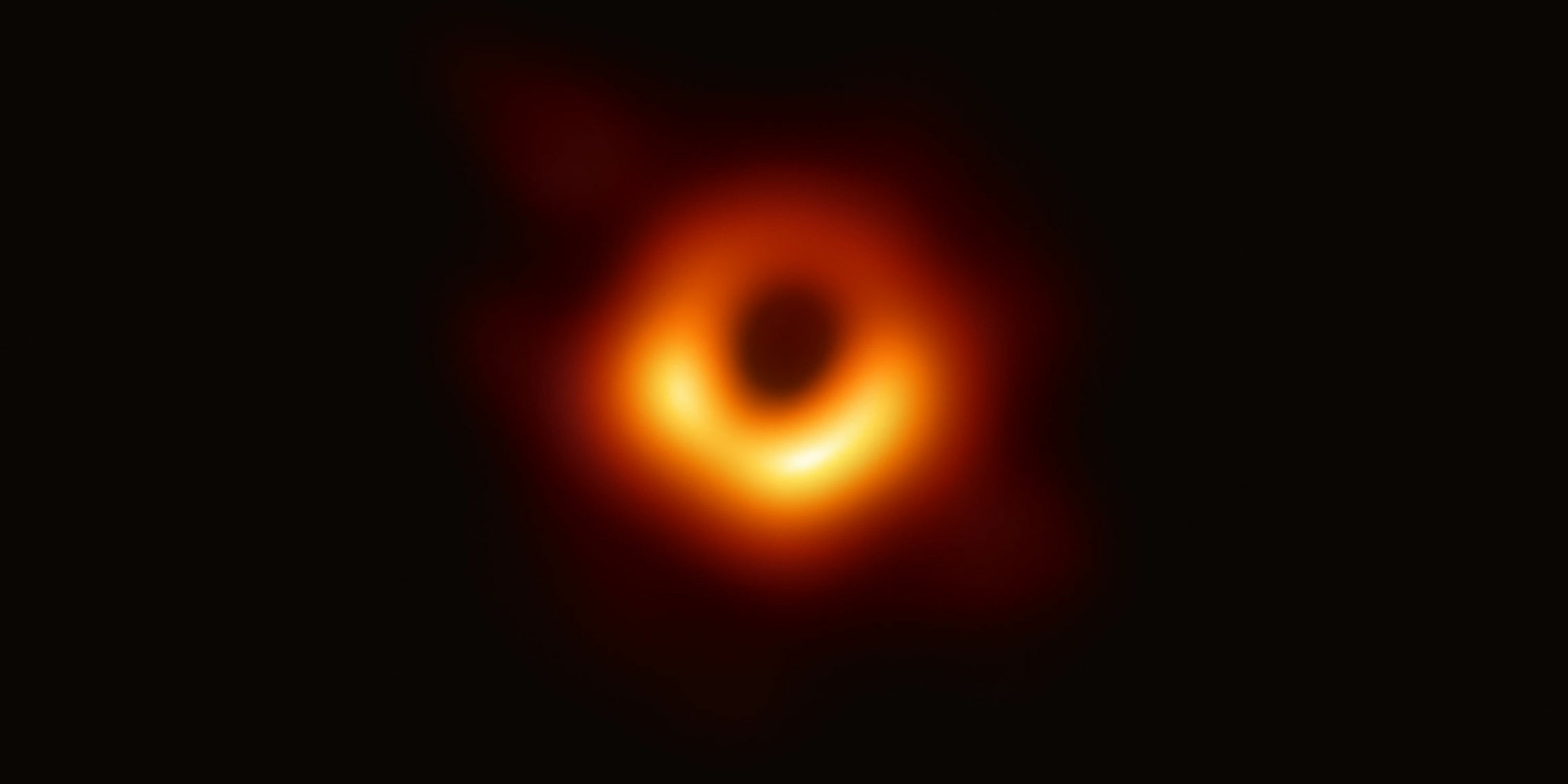
A scholar who helped make the historic image of the shyest astronomical celebrity discusses the art and science behind the picture.
Peter Galison
May 17, 2021
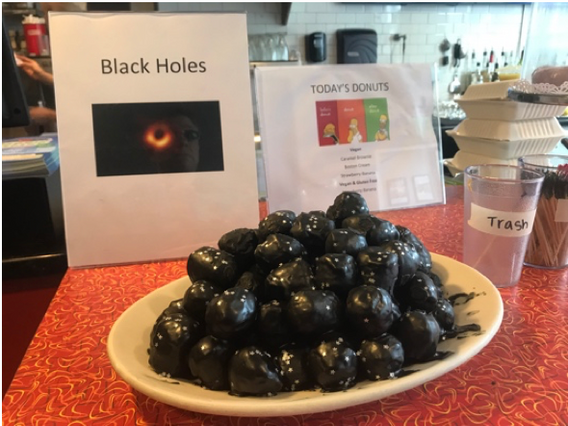
Black (donut) holes
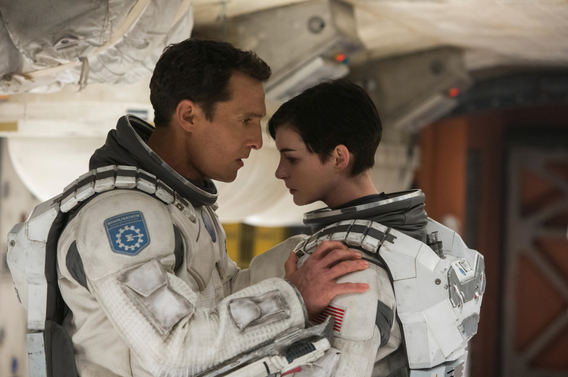
Interstellar. 2014. USA. Directed by Christopher Nolan
Physically, black holes are regions of space where the inward pull of gravity is so powerful that nothing, no object, not even light, can escape. Smallish black holes—the size of a modest city—can form when stars of the right size run out of fuel to burn and collapse under the force of their own gravity. Much bigger, supermassive black holes sit at the center of most every galaxy, including our own, the Milky Way, with masses ranging from millions to billions of times that of our sun.
But since black holes do not reflect light and do not emit light, how does one capture in a picture this shyest of all things? Happily for us imagers, black holes are surrounded by orbiting gases that glow with heat. Still, the challenge of imaging is immense: not a pixel would exist without the combined efforts of telescope operators, instrument designers, theorists, data experts, and engineers, from early-career to senior scientists. Public silence was necessary: we agreed to an absolutely strict embargo, not a word, and certainly not a preliminary picture to be shared with outside colleagues, even family. Why secrecy? Because a leak, before we were confident in the image, would have allowed no second chance: a retracted image would shatter confidence in the whole enterprise. Haunting us was the fear that we had missed something, and that bred a furious care. One senior theorist on the EHT put it this way: "I'd love to see that thing…that makes me very suspicious about myself and what I see." More tests.
Even the hardboiled among us wonder what it would be like to fall past the horizon.
I made a film along the way (Black Holes: The Edge of All We Know), over four years, not knowing where it would end—the attempt by such a far-flung collaboration to image a farther-flung black hole seemed so audacious. Black holes, with their one-way horizons, are nothing like other objects. Launching jets of hot gas from the swirl around them, black holes anchor the brightest objects in the universe. They are also the darkest, swallowing light, dust, even stars, a physical, looming stand-in for death. Even the hardboiled among us wonder what it would be like to fall past the horizon.
To bolster confidence in the emerging image, we divided up the image group into four teams, with strict orders not to talk to one another, a discretion bolstered by closed doors and frosted paper tacked on windows. It was a battle against our own hopes. Each team had a different method for extracting a picture from the data. The struggle began. How to get rid of unphysical quirks that arose along the way, mere artifacts? What were the best settings for making an image, the high-tech analogue of choosing the right aperture or shutter speed on a camera?
This time the image was real: a solar system–sized hole in space and time weighing 6.5 billion times our sun.
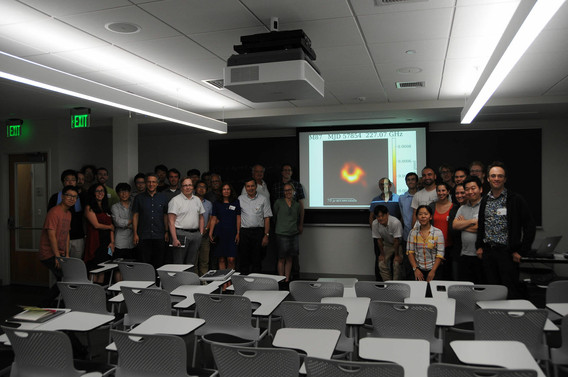
The EHT Collaboration Joint Meeting of the Imaging Working Groups, July 2018
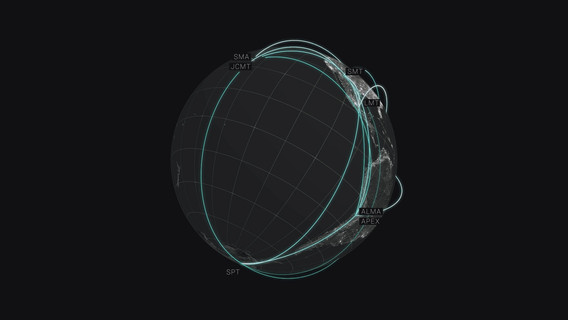
Network of EHT telescopes, from Black Holes: The Edge of All We Know. 2021
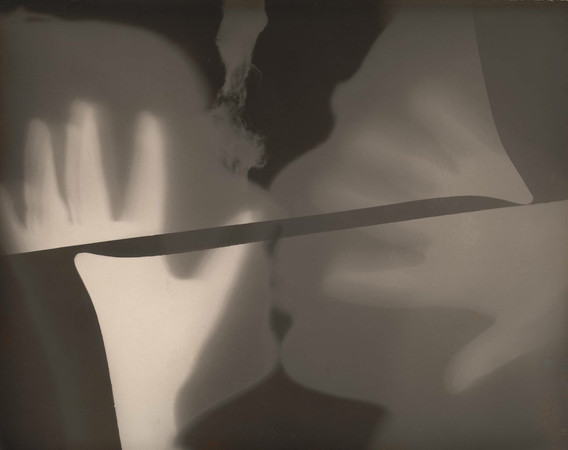
Man Ray (Emmanuel Radnitzky). Rayograph. 1922
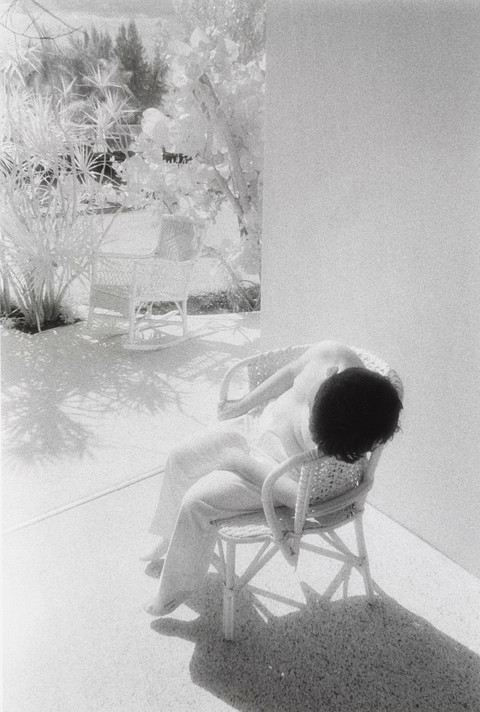
Abigail Perlmutter. Untitled. 1974
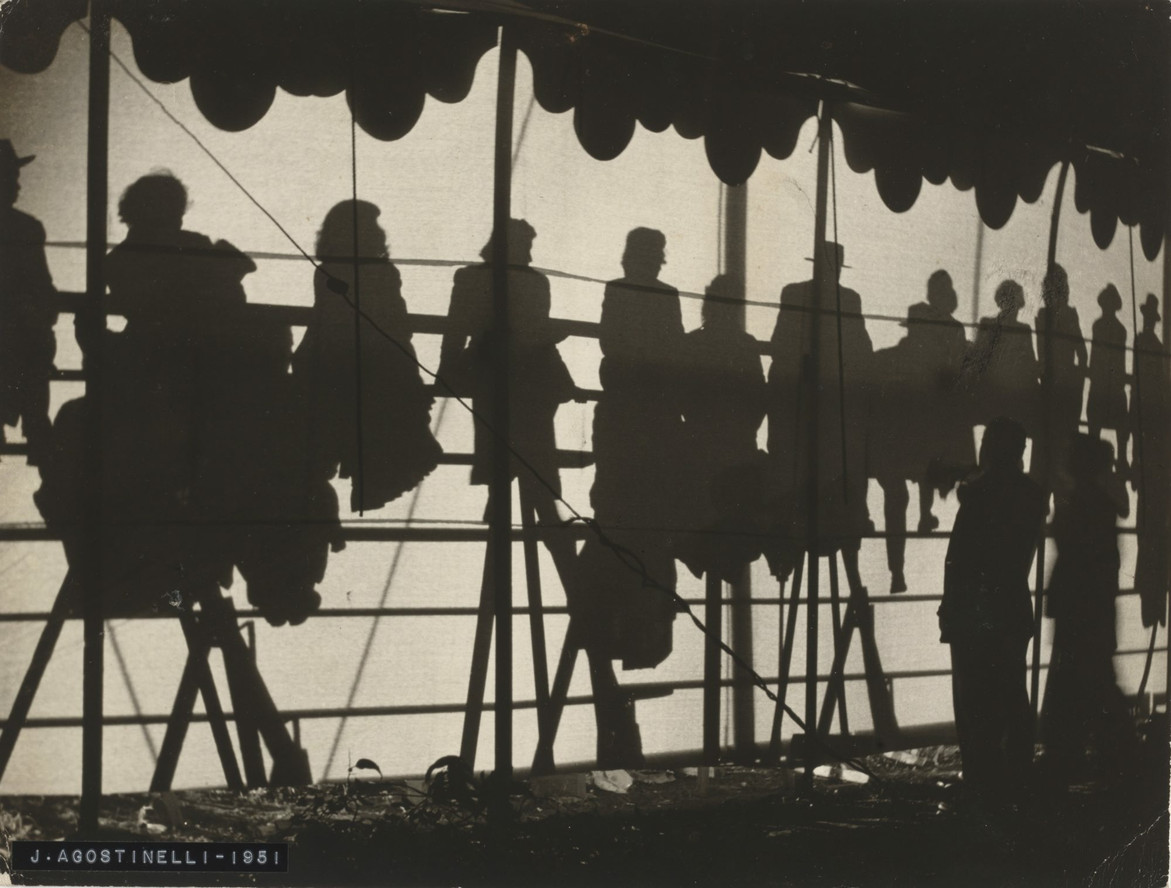
Julio Agostinelli. Circus (Circense). 1951.
Or maybe the silhouette of the black hole makes it not of the object being seized. But we certainly see the stunning silhouettes in Julio Agostinelli's Circus (1951), currently on view at MoMA: backlit people watching the show.
M87 pulls some photons through the horizon, never to emerge. Yet other bits of light from behind the black hole are yanked around and flung toward Earth by its huge gravitational field. Still others orbit M87 before escaping to our watchful eyes. So the shadow M87 casts is more complex than those by a circus visitor. We are nonetheless observing the black hole.
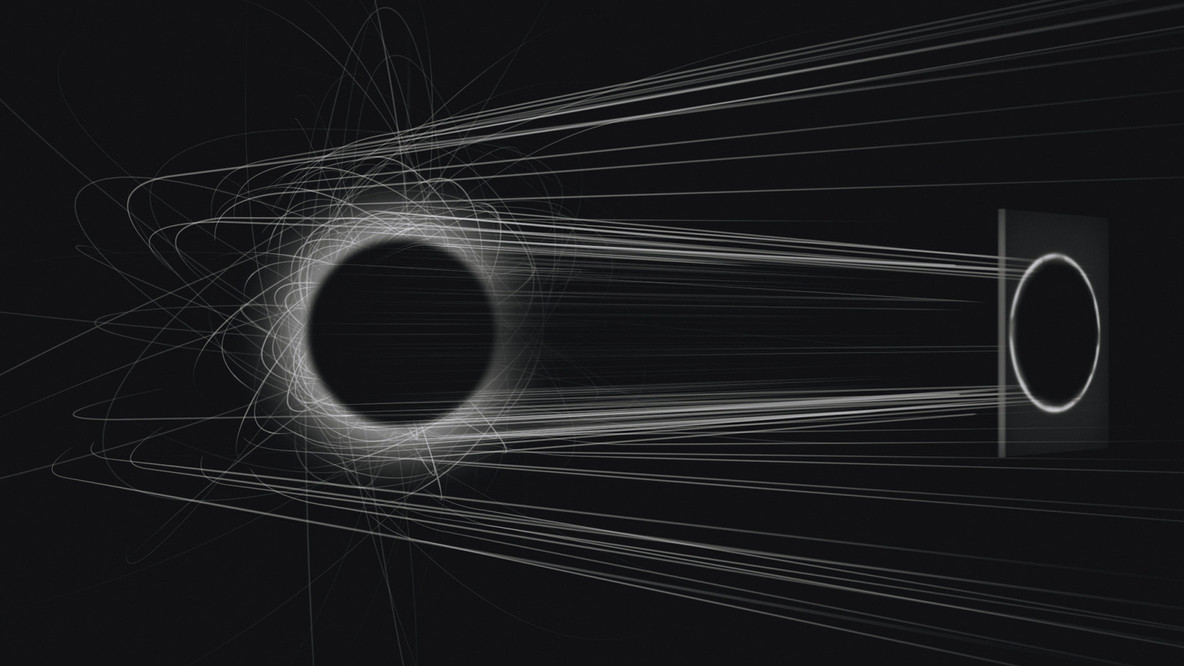
How the Shadow Is Captured, from Black Holes: The Edge of All We Know. 2021
What about color? From the data, the relative brightness of the ring, including the brighter sector in the south, is given. Since the light itself from M87 is not in the visible spectrum, any representation of it is "false color." We could have picked black and white or dayglo pink. I remember a group of us sitting around our computers, talking. The blue tip of a candle flame is hotter than the orange at the wick; blue giant stars are hotter than red giants. We returned to the everyday—red hot, blue cold. Would you stick a blue warning note on a stove? An orange one on a freezer? The gas around M87 is 10 billion degrees: we chose orange.
So what do we mean when we say we have taken a picture of a black hole? It seems that chasing after a fixed definition of photography, with a once-and-forever set of criteria, is a losing proposition. Photographers and curators, artists and scientists, won't stay still. Happily enough, they are always asking for more. That restlessness may well be what makes photography such a vibrant medium.
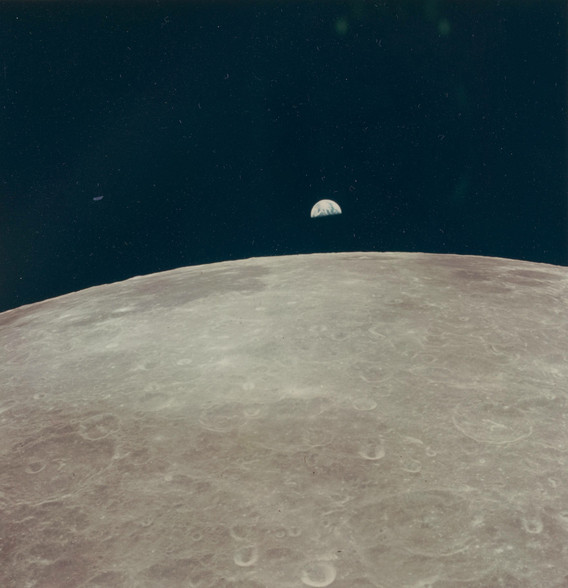
NASA. Untitled photograph from the Apollo 11 mission, July 1969.
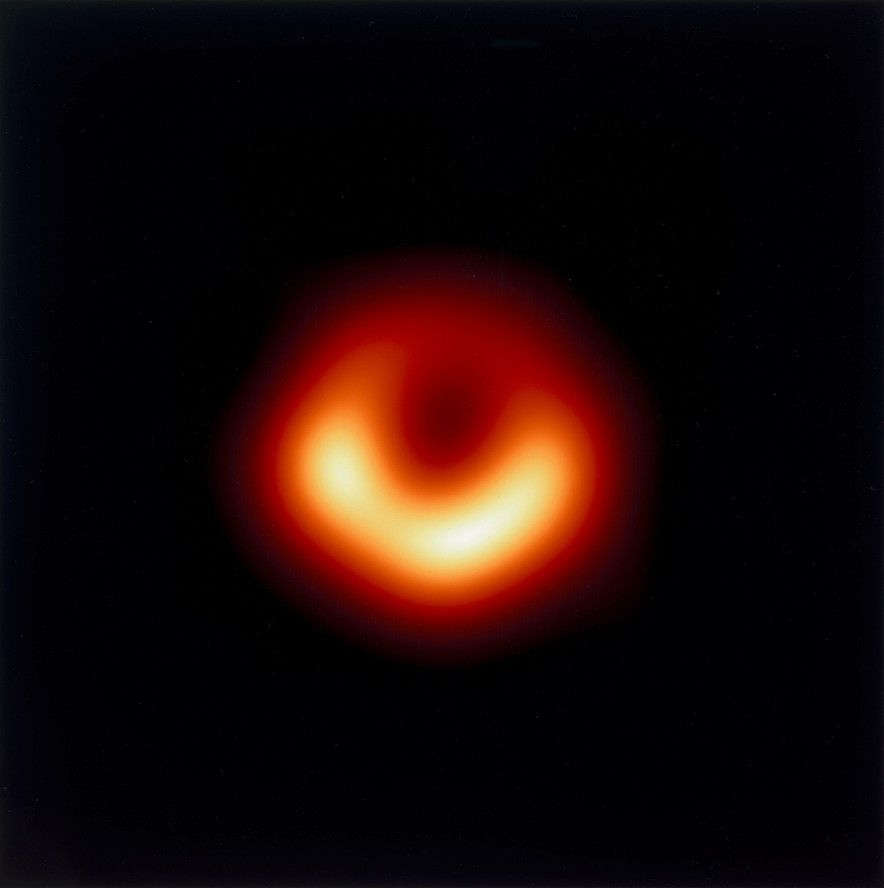
The Event Horizon Telescope Collaboration. Galaxy M87. April 10, 2019
How Did They Get the Image of Black Hole
Source: https://www.moma.org/magazine/articles/563